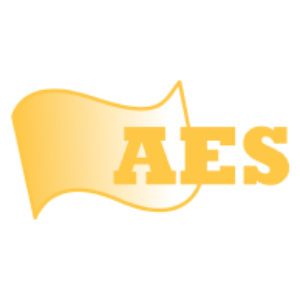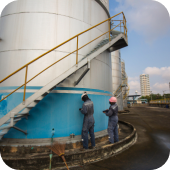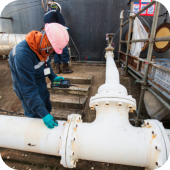

American Effiencincy Services
American Efficiency Services, LLC (AES) was founded in 2001 to provide quality, satisfaction-guaranteed helium leak detection services to the power generation marketplace.
Overview
American Efficiency Services, LLC (AES) was founded in 2001 to provide quality, satisfaction-guaranteed helium leak detection services to the power generation marketplace. Two of the three founding partners had years of prior experience in the field, and knew helium leak detection to be the most accurate and comprehensive method to find leaks in systems under positive and negative pressure. AES has grown in sales, staff and scope each year since its founding and now has offices in Maryland, Missouri, Florida and Texas to serve customers across the nation – and the world – 24 hours a day/7 days a week.
The company developed a reporting system for inspection findings that is comprehensive, aids plant personnel in repairs, and provides a record of potential patterns of failure for maintenance. AES provides customers with definitive leak tags, clear close-up pictures of leak locations, and a final written report that one plant manager said was “almost too good”.
Building upon their initial success, AES next began inspecting systems used in Ethanol, Pharmaceutical, Food Processing, and Petrochemical plants. Additional areas of expertise and services include Condenser Tube Cleaning and Industrial Evaluation and Consulting.
AES believes a company is only as good as its’ employees, and takes great pride in it’s’ workforce. New hires begin an intensive program that requires a study of the use of all AES equipment, systems and how they work, how components fit into the picture, system weak points, and AES inspections methodology. The final piece of training focuses on communicating with plant personnel and report writing. Employees are tested on their knowledge in these areas in class as well as practically on-site. Only when personnel have passed all tests and consistently demonstrate knowledge of system operations can they be considered for a Project Manager position. All employees participate in ongoing safety training and drug testing.
Attention to detail, listening to the needs of plant operators, and answering multiple emergency calls have won the trust of companies across North and South America, and the world. A knowledge of systems developed through inspections in hundreds of plants, plus detailed and comprehensive reports have made AES the company to call when you want a “complete inspection”.
Products
Services
Ads













